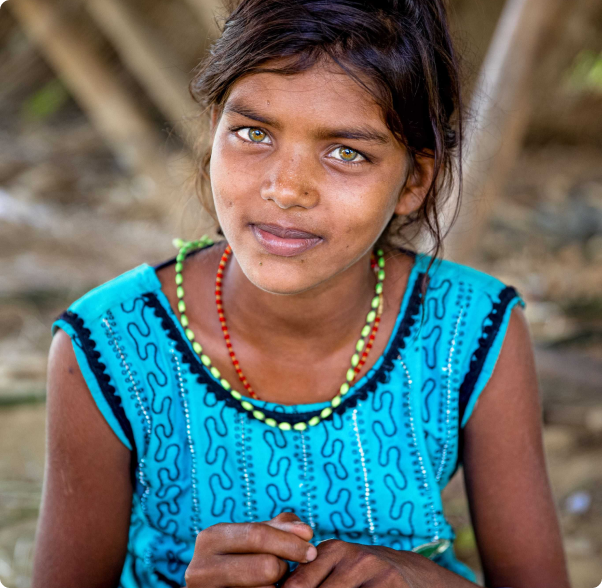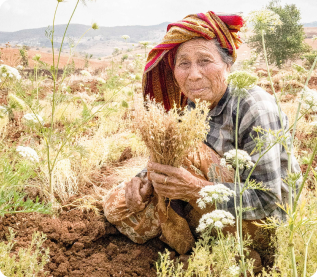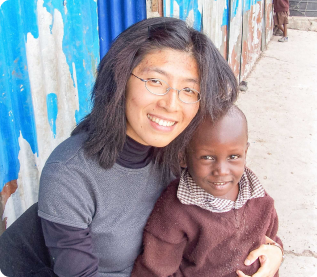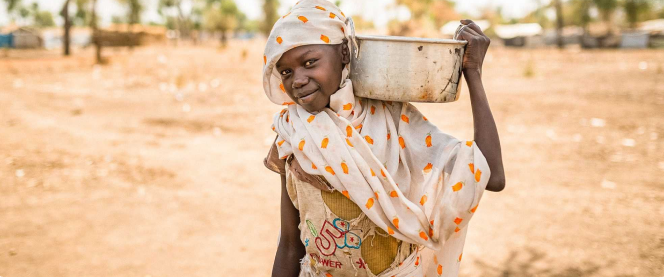Summary
Six hundred kilometers (373 miles) off the coast of southeast Africa sits the island nation of Madagascar. It is the world’s fourth largest island and its Malagasy people are thought to be descendants of settlers traveling from Africa, Arabia, and Indonesia several thousand years ago. Madagascar’s location in the Indian Ocean leaves it exposed to potentially devastating tropical cyclones, but its isolation has also made Madagascar home to animal, bird, and plant species found nowhere else in the world.
Madagascar was an independent kingdom until French colonization in the late 1800’s. Independence was regained in 1960, but ruling governments since then have not been consistently stable, and the economy of Madagascar has suffered. Roughly 70 percent of the Malagasy live on less than $1 per day. With 80 percent of the workforce in agriculture, an ongoing struggle exists between people needing fuel and farmland and the government’s desire to protect the dense forests rich in unique wildlife and plant species, which draw tourists and money to Madagascar.
Almost half of the Malagasy profess to be Christian, with numbers divided almost equally between Roman Catholic and Protestant segments of the faith. There are a small percentage of Muslims, but the majority of the population practices the old folk religions that have been a part of their culture for centuries. This is vividly seen in the practice of venerating and reburying dead ancestors. The lack of biblically trained leaders and structured teaching for other Christians have allowed many of these old beliefs and traditions to be incorporated into the Church. Yet, churches are growing, especially in charismatic and Pentecostal denominations. Christian ministries are reaching the young people of Madagascar for Christ and discipling them in biblical truths. This is seen as the key to healthier Christian churches in Madagascar’s future.




